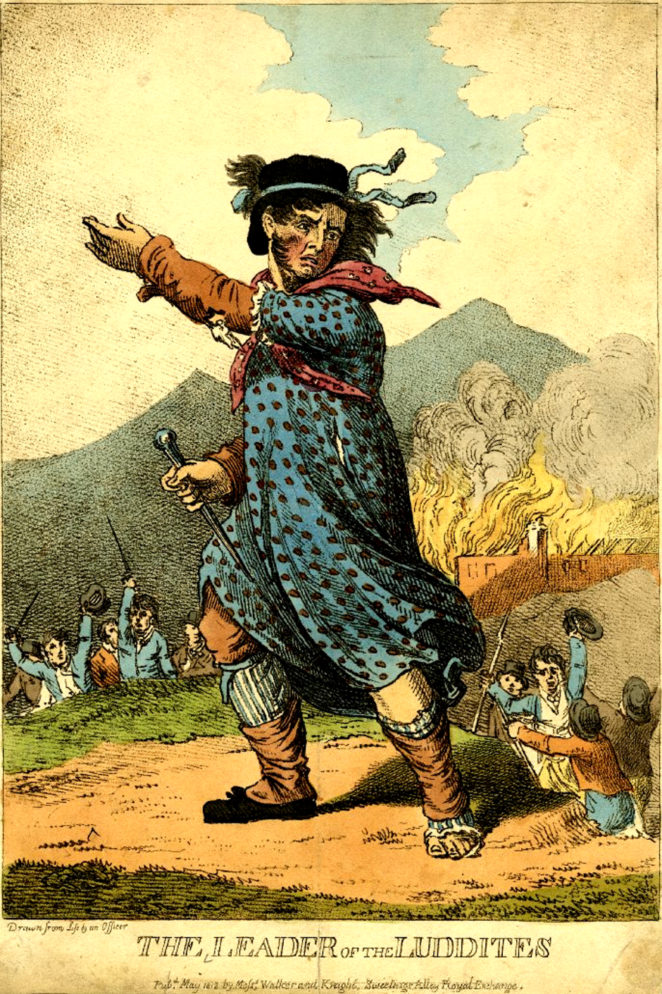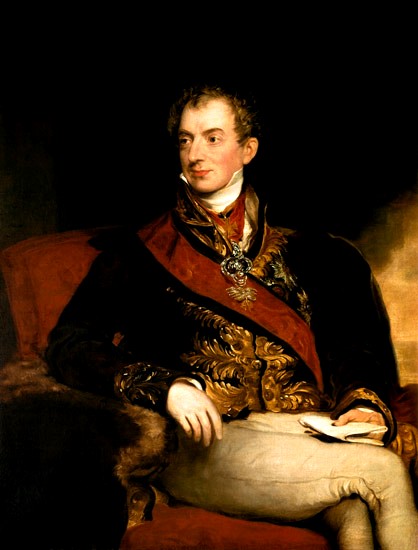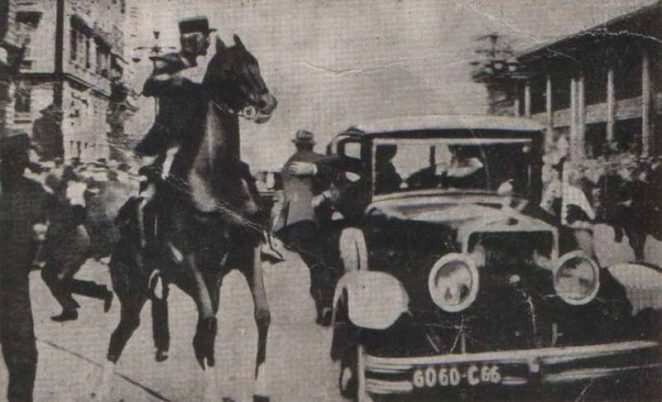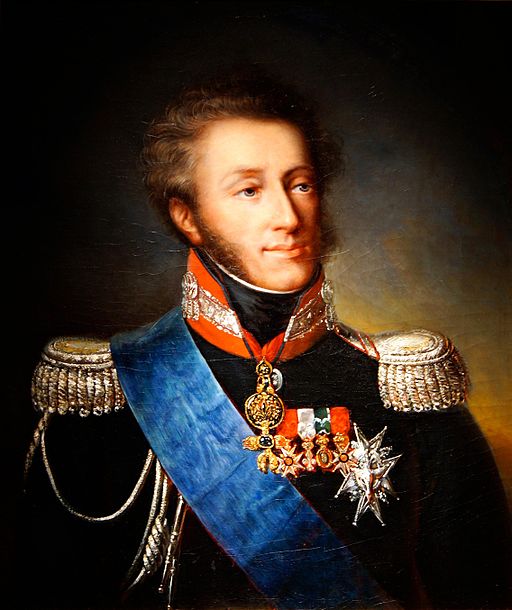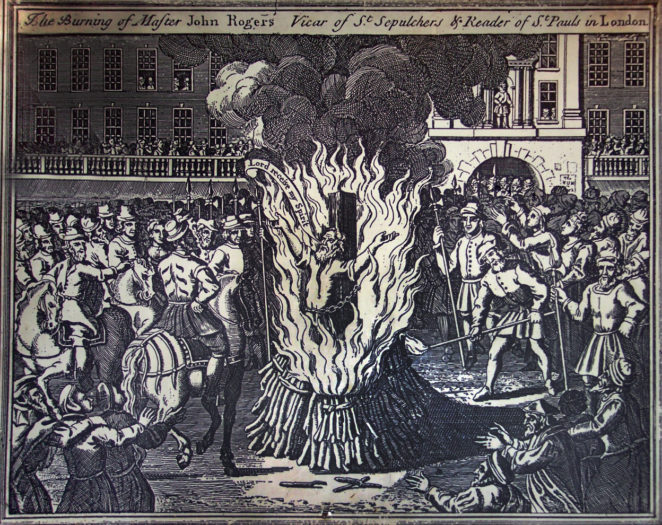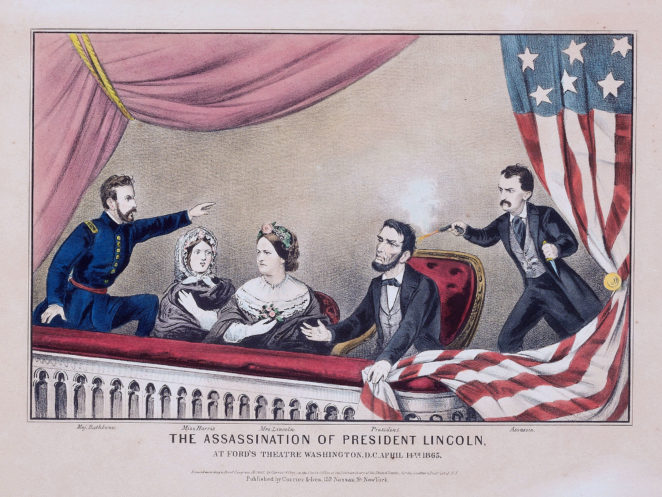The legend of Dracula was inspired by the life and antics of
Vlad III, a 15th century prince of Wallachia, but fiction was far
excelled by reality in terms of savage cruelty and murderous sadism.
Vlad was born in 1431 in Sighisoara, Transylvania (part of
modern Romania). His father, Vlad II, was a member of the Order of the Dragon,
a secret organisation that had been created by the Holy Roman Emperor to resist
incursions into Europe by the Muslim Ottomans. The younger Vlad became a member
of the order at the age of five, and thus acquired the family name of Dracul.
Vlad II had been exiled from Wallachia (also in modern-day
Romania) to Transylvania, and was also under severe pressure from the Ottomans.
He was forced at one stage to send two of his sons into captivity, which meant
that Vlad Junior spent four of his teenage years in Ottoman custody, where he
developed a hatred of the Turks.
Vlad’s elder brother Mircea was murdered in 1447, as was
Vlad Senior. The Ottomans invaded the region and installed Vlad Junior as a
puppet ruler of Wallachia in 1448, but this did not please the Hungarians, who
forced him to flee to Moldavia. However, Vlad was able to persuade the ruler of
Hungary that he was a better bet to rule Wallachia than the boyars (nobles
loyal to Hungary) who currently did so.
In 1456 Vlad took his opportunity to seize the Wallachian
throne from the boyars. Having killed his rival, he invited the leading boyars
to a banquet, ostensibly to make peace with them, but instead he forced them to
become slaves in a programme of castle-building.
Vlad’s efforts to establish Wallachia as a powerful kingdom
led to the elimination of anyone seen as a threat to this aim. That not only
meant any noble who might challenge his rule but also anyone whom he regarded
as a drain on the country’s resources. He began by inviting thousands of
vagrants and people who were physically or mentally disabled to a feast, which
was genuine, but after they had finished eating the hall was locked and set on
fire.
Vlad also had a deep hatred for immoral women, who would
have their breasts cut off and be skinned or boiled alive, with their remains
being put on public display afterwards.
Another target were the “foreign parasites” who sought to
get rich through unfair trading arrangements. He therefore had thousands of
German and other merchants butchered in 1459.
The name Vlad the Impaler was well deserved, because
impaling his victims on stakes was a preferred method of execution. Stakes
would be arrayed in concentric circles around his castles and his victims
forced down onto them, sometimes taking hours to die. Nobody was allowed to
remove the dead bodies, which rotted where they were.
Skinning and boiling were also used as means of killing
people, and on one occasion he hammered nails into the heads of foreign
ambassadors whom he considered were being insufficiently polite to him. It is
possible that he drank the blood of some of his victims, which filtered through
to the Dracula legend.
In 1461 Vlad crossed the Danube to attack the Ottomans,
capturing 20,000 Turkish prisoners in the process. When Sultan Mehmet II
returned to the Danube for a counter-attack he was greeted by a forest of
impaled bodies on stakes.
However, Vlad had underestimated the strength of his enemy
and lost his throne. He was captured by the Hungarians and spent the next ten
years as a prisoner, amusing himself by impaling birds and mice on tiny
stakes.
He was able to get back into favour with the Hungarians,
even marrying a Hungarian princess (presumably with considerable reluctance on
her part) and winning support for a fresh invasion of Wallachia.
However, his success was short-lived in that he was killed in
1476 when the Ottomans invaded yet again. It was perhaps fitting that his head
was later stuck on a stake in Constantinople.


